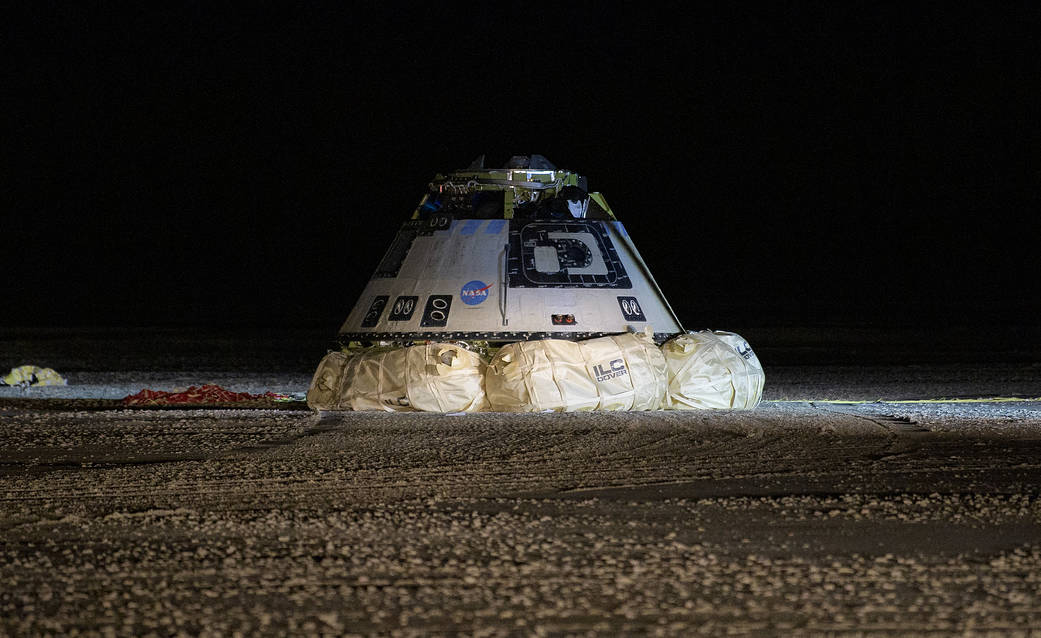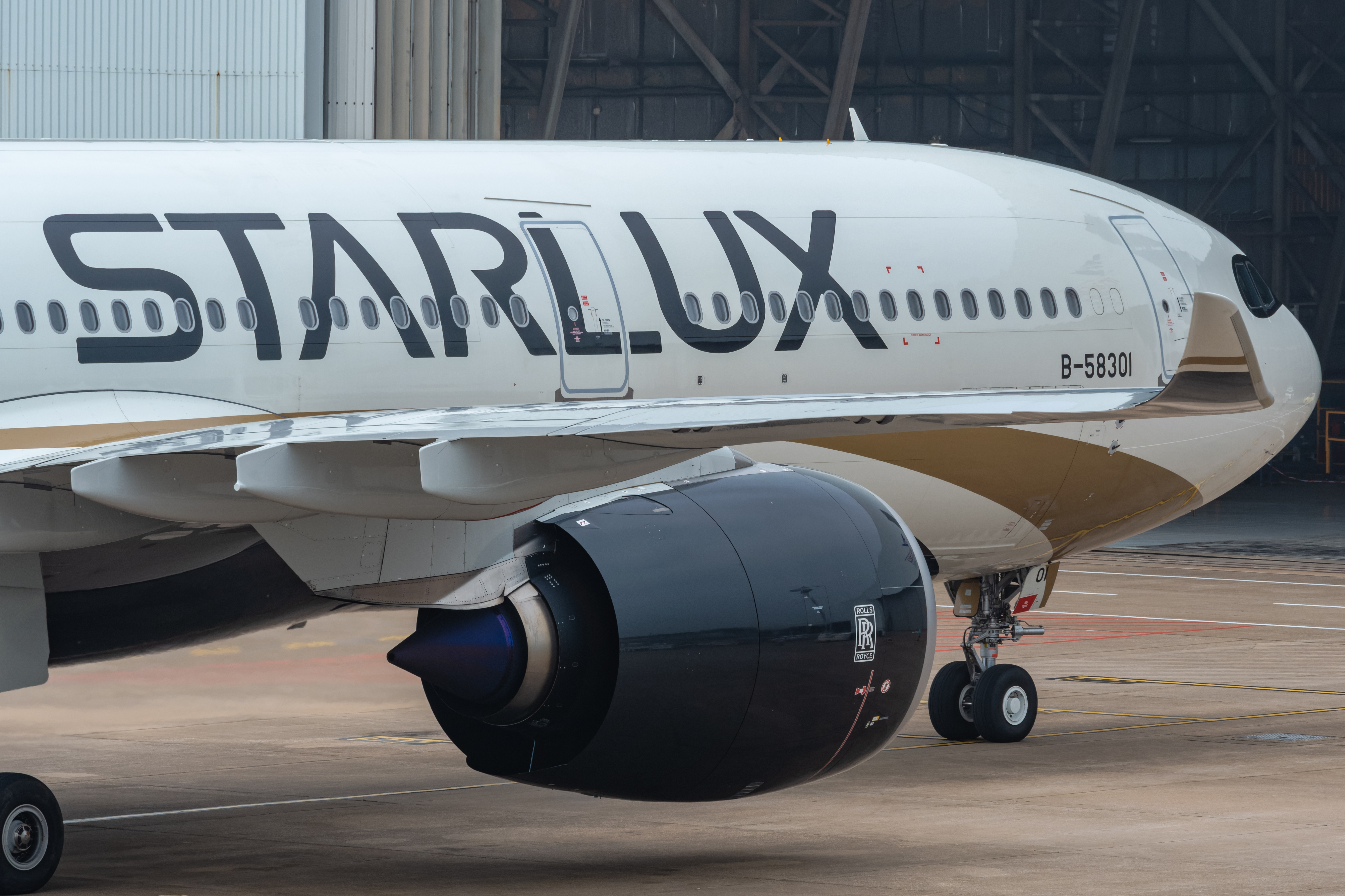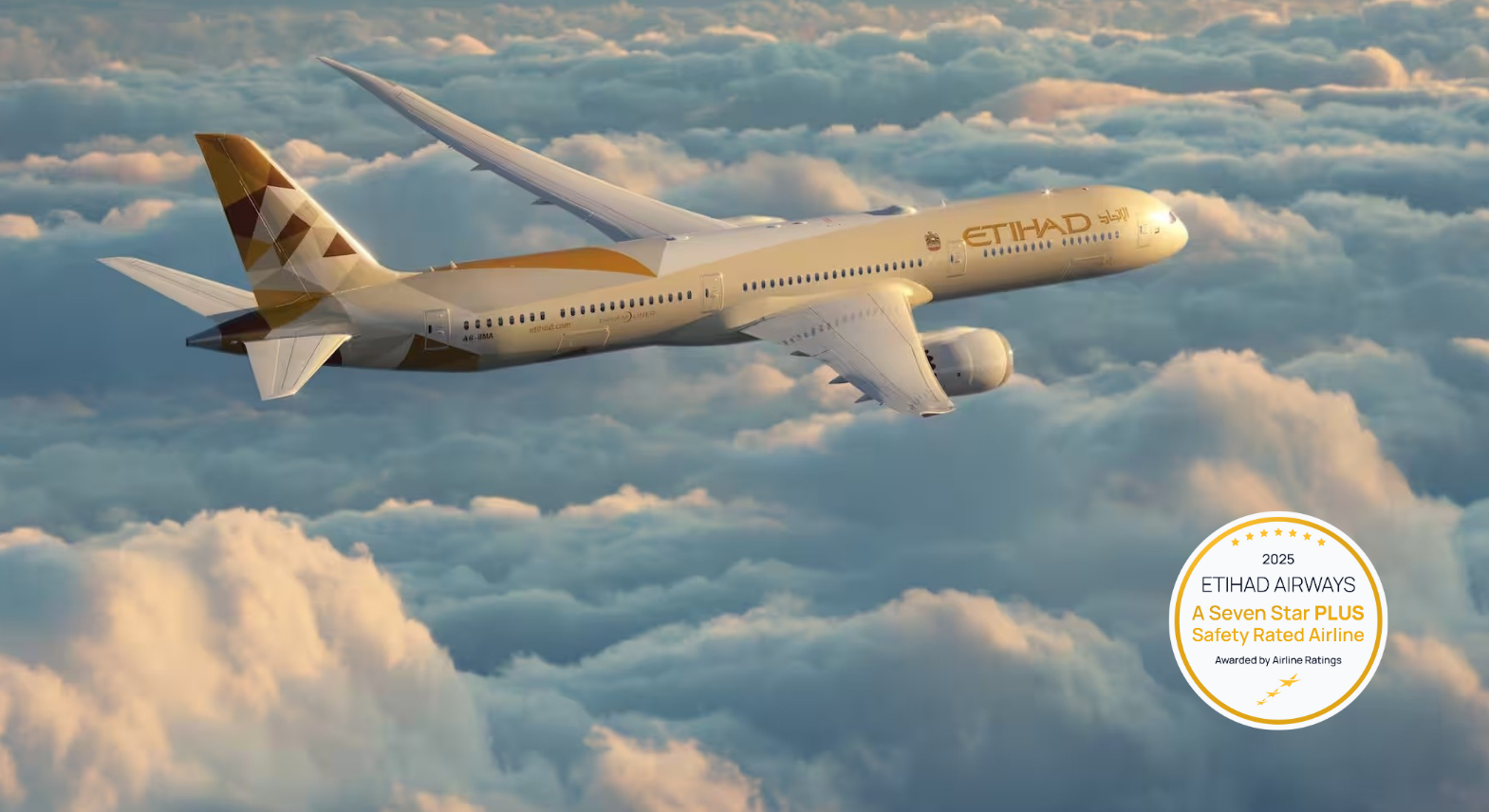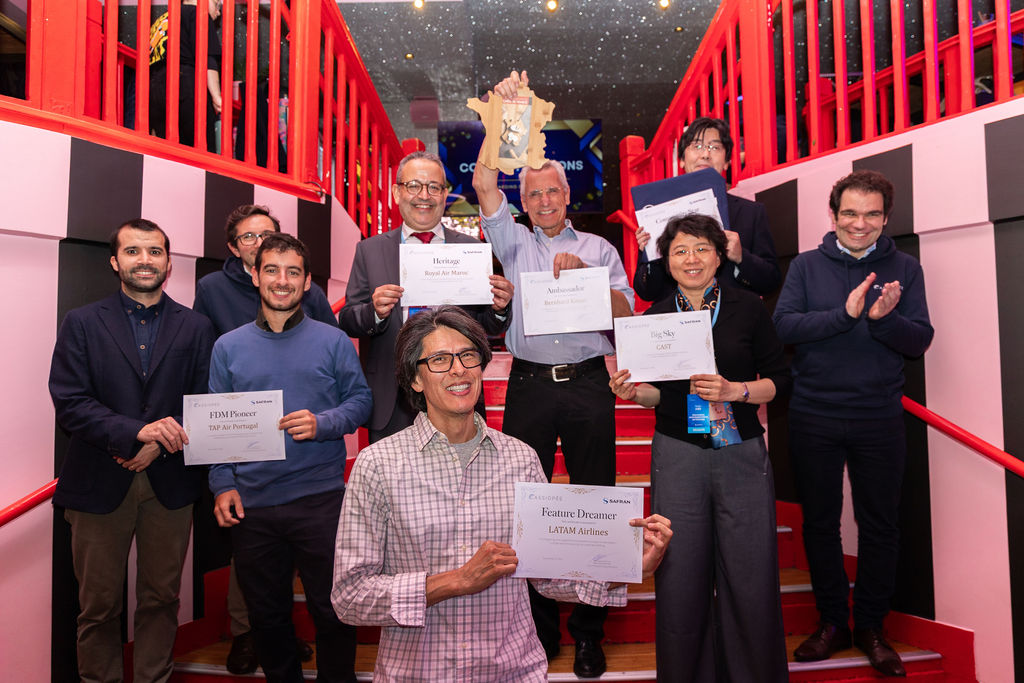By Steve Creedy
Published Sun Dec 22 2019
Boeing’s hope of ending a tough year with a triumph made a partial recovery Sunday when its Starliner capsule became the first American capsule to land successfully from orbit on American soil.
The spacecraft crew module landed at the US Army’s White Sands Missile Range — the first spacecraft to land on the White Sands Space Harbor runway since the space shuttle Columbia in 1982 — after two days in space.
READ: Airlineratings.com 10 top stories of 2019
“Congratulations to the NASA and Boeing teams on a bullseye landing of the Starliner, " NASA administrator Jim Bridenstine said after the landing.
"The hardest parts of this orbital flight test were successful.
“This is why we conduct these tests, to learn and improve our systems. The information gained from this first mission of Starliner will be critical in our efforts to strengthen NASA’s Commercial Crew Program and return America’s human spaceflight capability.”
The mission included successful tests of the first human-rated Atlas V, the Starliner propulsion systems, space-to-space communications, the NASA docking system as well as control and life support systems.
Watch NASA's video of re-entry and landing.
[embed]https://www.youtube.com/watch?v=hkFQs4kIoxs[/embed]
But the spacecraft failed to dock with the International Space Station as intended after a problem with mission timing technology following the launch atop a United Launch Alliance Atlas V rocket.
Boeing Space and Launch senior vice president Jim Chilton told a press conference following the December 20 launch that the spacecraft appeared to be using an incorrect mission-elapsed timer.
Bridenstine told the post-launch conference that a lot of things went right with the launch and it would provide useful data.
“So we did have obviously some challenges today,’’ he said. “When the spacecraft separated from the vehicle we did not get the orbital insertion burn that we were hoping for.
“It appears as though the mission elapsed timing system had an error in it and that anomaly resulted in the vehicle believing that the time was different than it actually was.
“And because the timing was a little bit off, what ended up happening was the spacecraft tried to maintain a kind of precise control that it normally wouldn’t have tried to maintain and it burned a lot of prop (propellant) in that part of the flight.
“And when that prop got burnt it looked like we weren’t going to rendezvous with the international space station.”
“By the time we were able to get signals up to actually command it to do the orbital insertion burn it was a bit too late.”
Bridenstine said NASA and its partners had committed to transparency when there was a problem with the program.
“It is important for us to build trust with the American taxpayer so that we can continue to do these magnificent things,’’ he said.
He added that the crew would have been safe had the capsule been manned.
He said the astronauts were trained to deal with the automation problem and may very well have docked with the ISS had they been on the spacecraft.
Still not clear is whether the problem will push back the Starliner program and require another unmanned test.
“I think it’s too early to know,’’ Bridenstine said, adding that officials did not yet know the root cause behind the incorrect timer.
Boeing said in a statement issued after the successful landing that flight controllers were able to address the issue and put Starliner into a lower, stable orbit and test key systems before signaling a return to Earth.
The aerospace company said the Starliner landing demonstrated the robustness of the capsule’s landing systems, including its innovative parachutes and airbags.
It also noted that an anthropometric test device outfitted with a dozen sensors and called "Rosie" was in the commander's seat for the entire mission. Rosie collected data to help prove the Starliner is safe for future human crews.
"The Starliner team's quick recovery and ability to achieve many mission objectives – including safe deorbit, re-entry and landing – is a testament to the people of Boeing who have dedicated years of their lives working toward the achievement of commercial human spaceflight," said John Mulholland, vice president and program manager of Boeing's Commercial Crew Program.
"Their professionalism and collaboration with our NASA customer in challenging conditions allowed us to make the most of this mission."
The crew module will be returned to Florida for data retrieval, analysis and refurbishment for future missions.
It is the vehicle chosen to fly NASA astronauts Sunita "Suni" Williams and Josh Cassada, along with two international partner astronauts, on the first operational mission and has been named "Calypso" after the ship captained by underwater explorer Jacques Cousteau.
Boeing's Starliner team is also finalizing the vehicle that will fly Boeing astronaut Chris Ferguson and NASA astronauts Mike Fincke and Nicole Mann on the crewed flight test.
Boeing is in competition with Elon Musk's SpaceX to again launch astronaut's from American soil, a capability lost after the space shuttle program was canned in 2011.
SpaceX successfully launched its Crew Dragon spaceship on a similar demonstration mission in March but has also had problems. The capsule used in the flight exploded during a ground test of an in-flight abort system in April, likely due to a leaky component.
SpaceX says it has since changed the system to prevent it from happening again.
Have questions or want to share your thoughts?
Get In Touch








